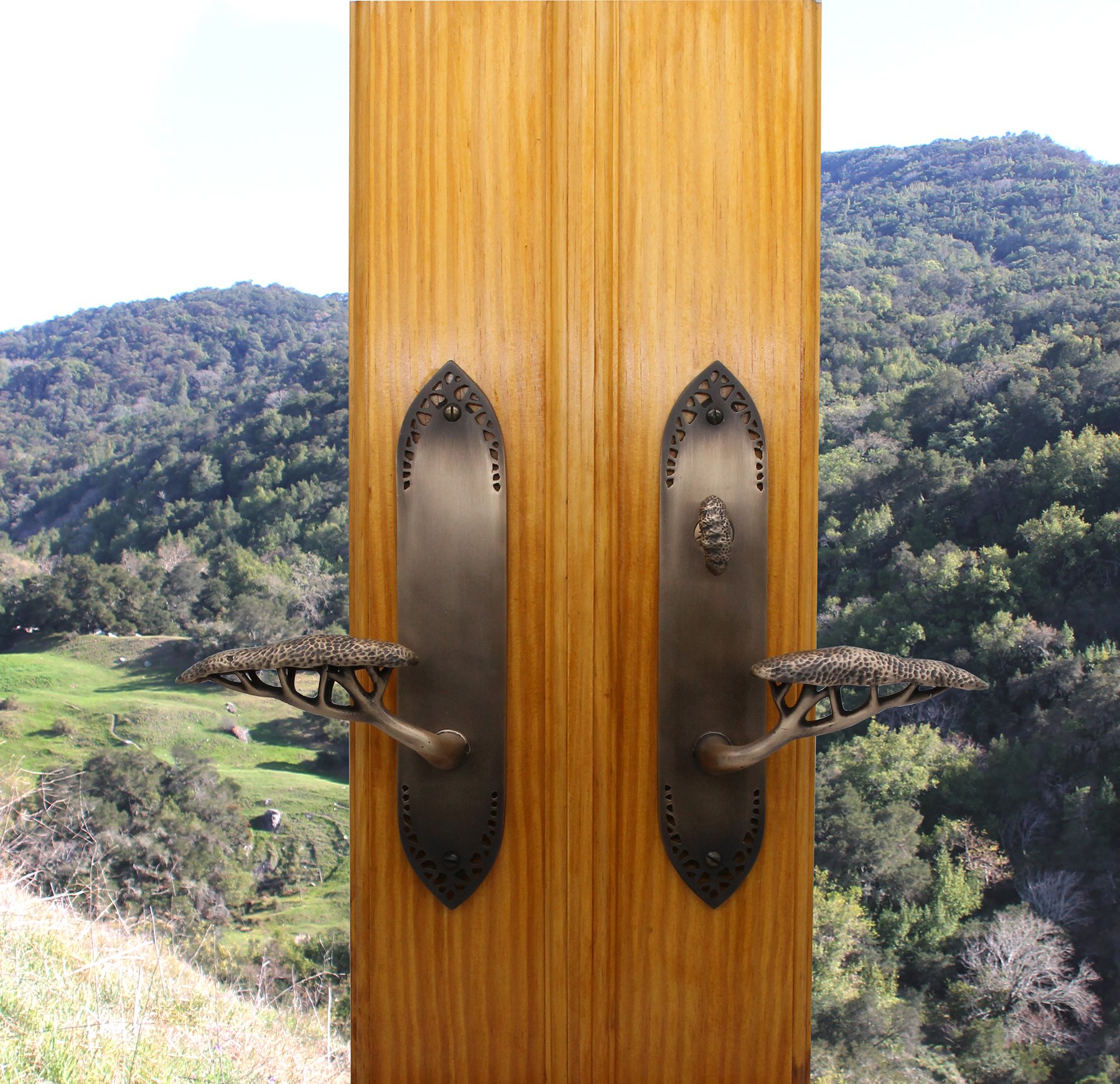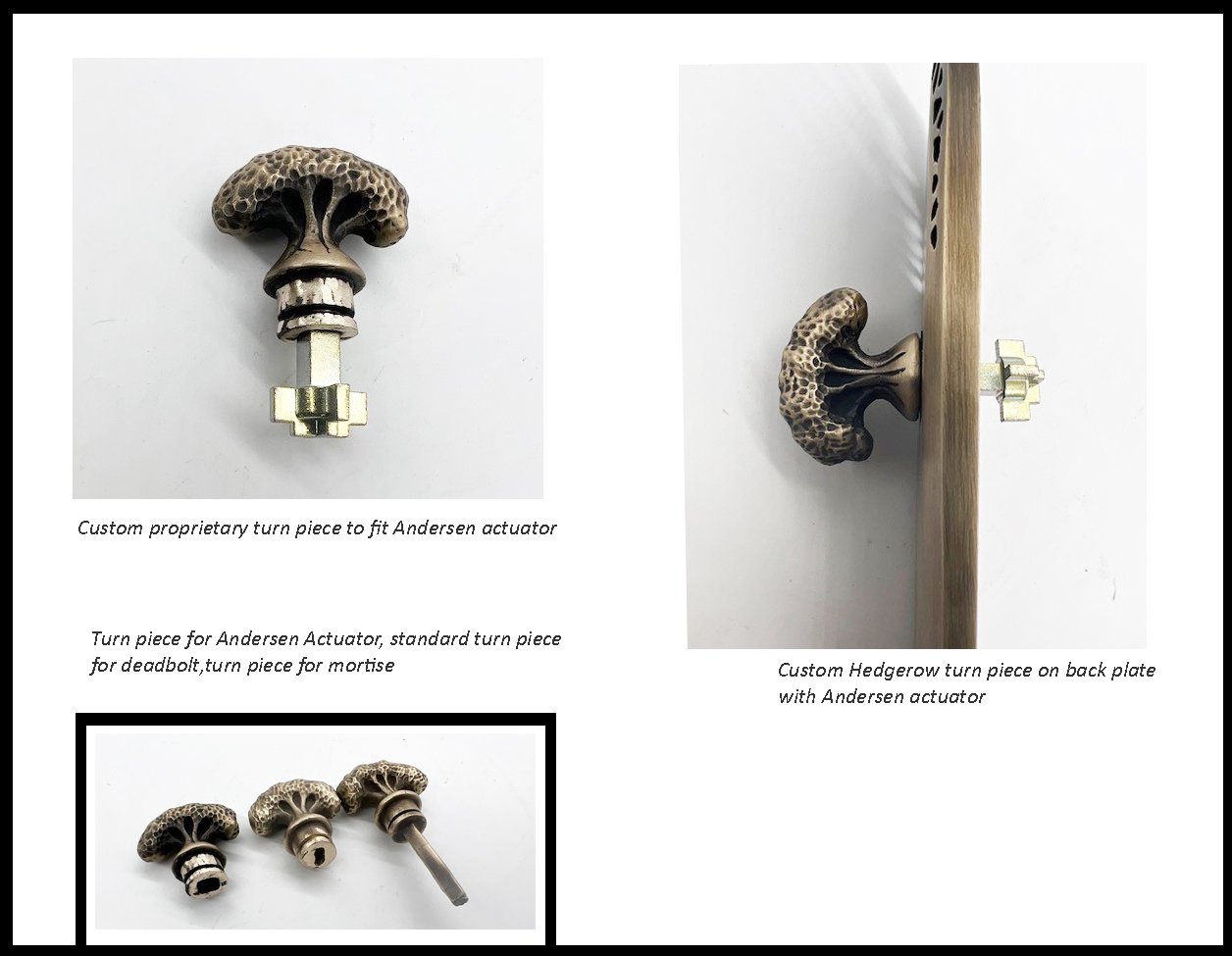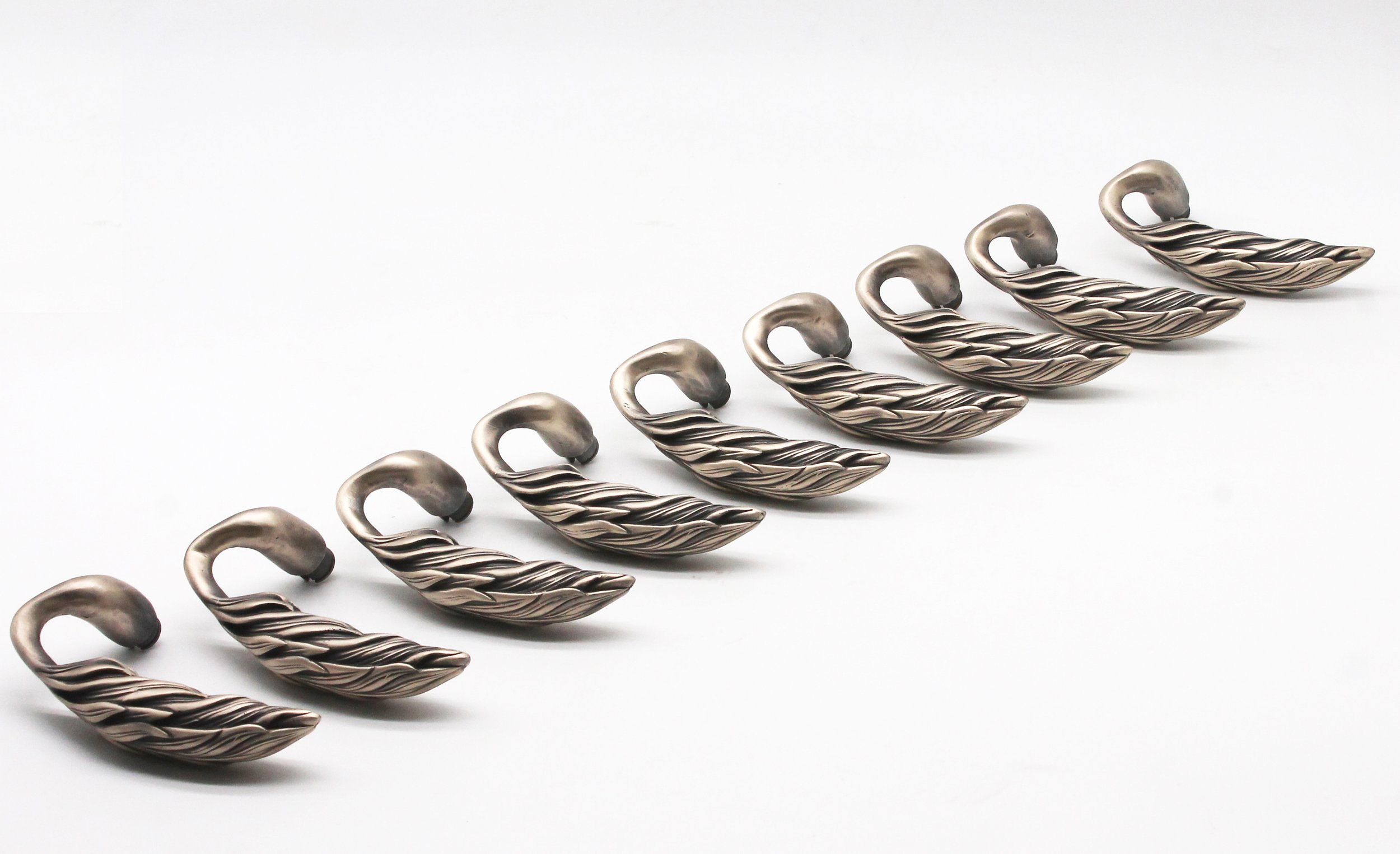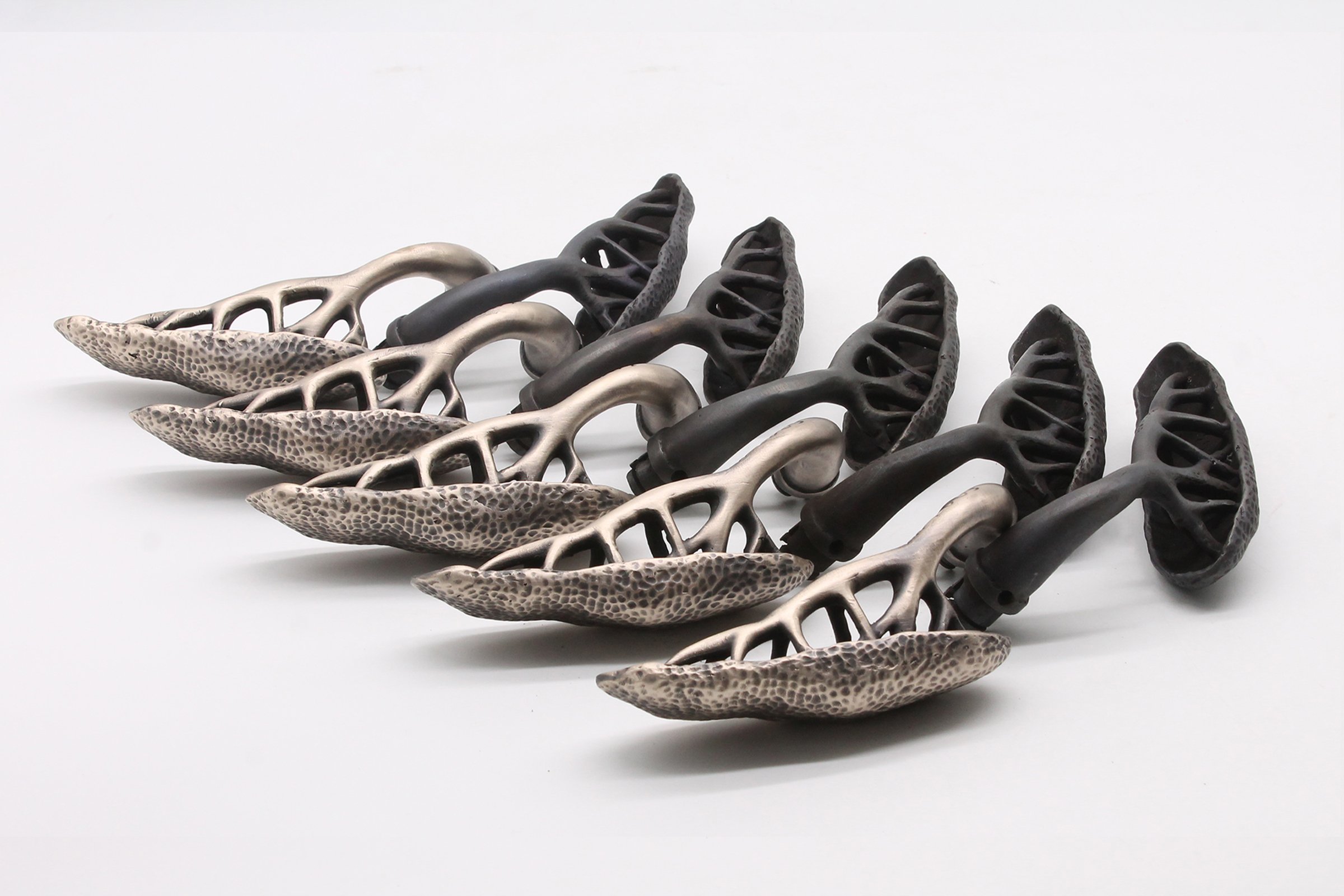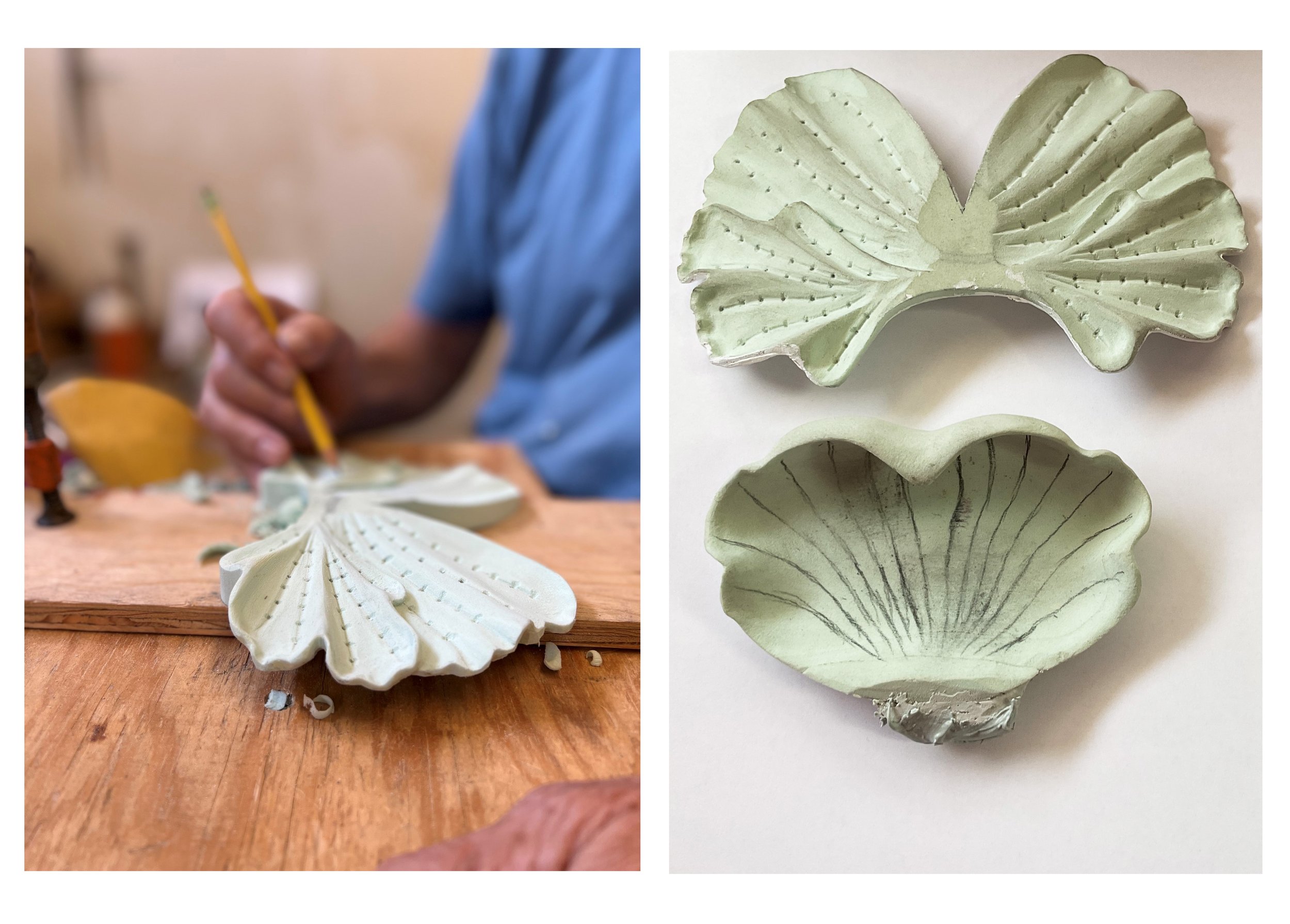When one considers electric or remote door locks, there’s a tendency to associate these high-tech methods of egress with contemporary door trim. There’s also a tendency to extend this assumption with the presumption that the trim will be made of stainless steel.
Full disclosure — this is a bias that I too harbored, until an imaginative designer re-envisioned his Willow entry door handle sets, transforming them from manually operated to electrically controlled.
Accurate Lock has been mentioned in many of our posts as a trusted maker of mortise locks. It remains the only company whose mortises we use and configure our door trim to fit. Their new electric M1934ELR mortise builds upon the same solid foundation as its manual counterpart and requires only minimal modification to function with our entry lever sets.
The M1934ELR electric mortise does, however, need to be planned for early in a project — ideally when the doors are being ordered — to ensure that a power source can be incorporated into the door itself.
Accurate also makes the SM9159E, a Wi-Fi and Bluetooth-activated mortise that operates on four AA batteries. This model offers an alternative to their fully wired version, and while battery life may be a concern, the unit includes a low-battery indicator. Most door makers are accustomed to working with mortise locks, but these particular models must be considered during door construction, as they are encased in a 6”H × 1½”W metal box that fits inside the door’s hollow section.
While the Accurate SM9159E will function without external power, it relies on Wi-Fi connectivity and allows for remote control of the locking function.
Trim Considerations
The electric mortise requires two modifications to the decorative trim and mechanism. Because the lock’s CPU controls the throwing and retracting of both latch and deadbolt, the exterior lever or knob must be fixed from the outside but remain operative from the inside.
To achieve this, the spindle passing through the door and lock must be split so that only half of it moves. The lock’s CPU also controls the deadbolt electrically, but for power outages or emergencies, the deadbolt can still be operated manually — by key from the outside or by turning the thumb piece on the inside.
As technology reshapes architectural design, we continue to collaborate with designers who seek both beauty and intelligence in their entry systems. Our Willow lever sets, when paired with Accurate’s electric mortise locks, offer a refined solution for projects where high design meets high performance.













